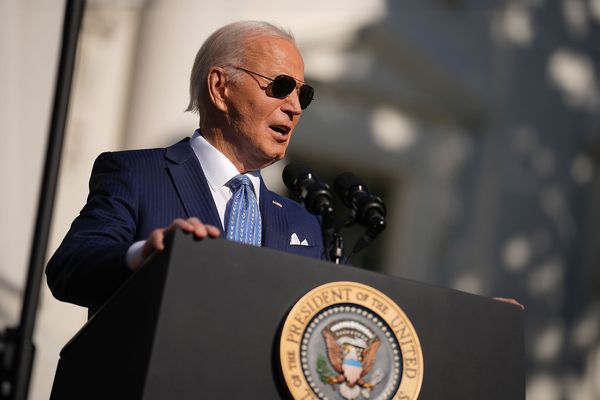
Tokyo (AFP) - The Bank of Japan stuck to its ultra-loose monetary policies Friday, even as the yen comes under pressure from aggressive tightening by the US Federal Reserve and other central banks.
The stark contrast between Japanese and US monetary policy has caused the yen to plummet to 32-year lows against the dollar, prompting the government to intervene to prop up the currency.
In a statement after a two-day policy meeting, the BoJ said it would keep measures aimed at boosting the world's third-largest economy, including its benchmark rate of minus 0.1 percent.
But it also raised its inflation forecast for fiscal 2022-23 to 2.9 percent, from 2.3 percent in July, driven by higher energy and food prices.
"The rate of increase is then expected to decelerate toward the middle of fiscal 2023," as the impact of these price increases wanes, its statement said.
Bank of Japan policymakers have refused to move away from their ultra-loose stance, designed to encourage sustained price rises.
Meanwhile, the Fed and central banks in other major economies have embarked on a series of hawkish interest rate hikes in an effort to fight decades-high inflation.
This contrast has caused the yen to plummet dramatically from around 115 against the dollar before Russia's invasion of Ukraine in February to around 146 on Friday morning.
The Japanese government spent nearly $20 billion in September in an effort to curb the yen's slide, and further expensive interventions have reportedly taken place in recent days.
"The Bank of Japan policy meeting is a do-or-die moment for the Japanese yen," Edward Moya, senior market analyst of Oanda, said in a note this week.
"If Japan wants to defend the yen, they might need to continue to intervene in the forex market," or artificially influence rates through buying or selling government bonds, he added.
Japan is also on Friday expected to announce an economic stimulus package that local media said could be worth $200 billion to cushion the impact of inflation and a weak yen.







